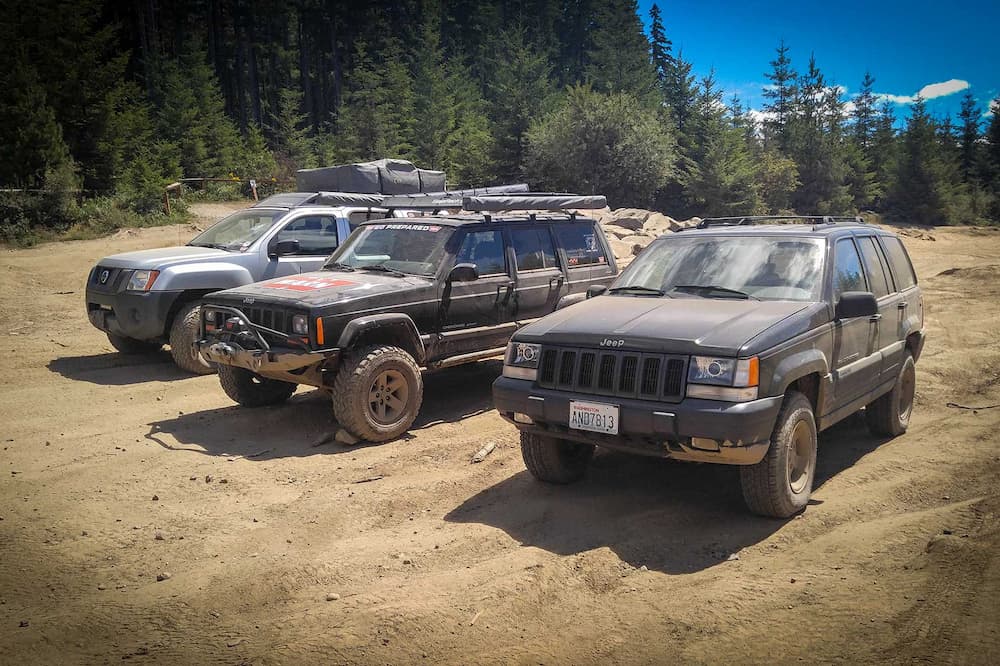Off-road adventures offer a thrilling escape from the ordinary, immersing you in rugged, untamed landscapes. These journeys provide a sense of exploration, test your driving skills, and foster a deeper connection with nature. The challenges and breath-taking scenery make off-roading an exhilarating and unforgettable experience for those seeking adventure. Embarking on your first off-road trip by car can be an exciting adventure, but it’s important to be well-prepared to ensure a safe and enjoyable experience.
Read this blog by a manufacturer of front bumper for jimny, Roll Bar for Isuzu dmax and so on.
Choose the Right Vehicle
Choosing the right vehicle for your first off-road trip is crucial. Opt for a 4×4 or all-wheel-drive vehicle with good ground clearance. These vehicles are designed to handle rough terrain, offering better traction and maneuverability. The added control and capability of such vehicles will make your off-road experience safer and more enjoyable. Make sure your chosen vehicle is in good working condition, and consider any modifications or upgrades that might enhance its off-road performance, such as off-road tires or a skid plate for undercarriage protection.
Know Your Vehicle
It is essential for a successful off-road trip. Familiarize yourself with your car’s features and capabilities, such as the 4WD system, low-range gear, and any special off-road modes it might have. Understanding how these systems work and when to use them can greatly enhance your control and performance in different off-road situations. This knowledge will enable you to make informed decisions while navigating challenging terrains, ensuring both your safety and the longevity of your vehicle.
Plan Your Route
Researching the chosen trail’s difficulty level, terrain, and potential obstacles helps you gauge whether it’s suitable for your vehicle and skill level. It allows you to anticipate challenges and prepare accordingly, ensuring a smoother and safer journey. Understanding the route also helps you plan for necessary supplies and equipment, making sure you have everything you need to tackle the specific challenges presented by the trail.
Basic Maintenance
It’s crucial to ensure that your car is in good working condition to avoid breakdowns in remote areas. Before your trip, inspect your vehicle’s brakes, tires, and fluid levels. Additionally, it’s wise to carry essential tools and spare parts for minor repairs, such as a jack, wrench, and spare tire. This preparation helps minimize the risk of mechanical issues during your off-road adventure, promoting a safer and more enjoyable experience.
Pack Essentials
To ensure a safe and successful adventure, bring crucial supplies like a first aid kit, recovery gear (straps, shackles, and a winch if needed), a spare tire, and tools for basic vehicle repairs. These items are vital for addressing unexpected challenges such as getting stuck or dealing with minor vehicle issues. By being well-prepared with these essentials, you can increase your self-sufficiency and handle potential emergencies more effectively during your off-road journey.
Communication
It is a crucial aspect of off-roading safety. It involves carrying a reliable communication device, such as a satellite phone, CB radio, or personal locator beacon (PLB). In remote off-road areas, there may be no cellular signal, making it essential for emergencies or staying in touch with other travelers. These devices allow you to call for help or communicate with fellow off-roaders, ensuring that you can request assistance or provide your location if needed, enhancing the overall safety of your off-road journey.
Travel with a Companion
Having at least one other vehicle or person with you provides an extra layer of safety and support. In case of unexpected difficulties or emergencies, your companion can offer assistance, such as towing or help with vehicle recovery. Additionally, companionship adds to the overall enjoyment of the trip and ensures that you’re not alone in remote and potentially hazardous environments.
Drive Slow and Steady
Off-roading demands a different driving style than regular road travel. Slower speeds and cautious maneuvering help reduce the risk of accidents, prevent damage to your vehicle, and maintain better control over rough terrain. This approach minimizes the chances of getting stuck or encountering obstacles too quickly.
Tire Pressure
Adjust your tire pressure to match the terrain. Lower tire pressure can provide better traction on sand or rocky surfaces but be sure to reinflate when back on the road.
Respect the Environment
Leave no trace – pack out what you pack in. Stay on designated trails to protect the environment and respect local regulations.
Summary
Off-road adventures provide an exhilarating escape into rugged, untamed landscapes, fostering a deep connection with nature and testing driving skills. For those seeking adventure, the challenges and breathtaking scenery make off-roading an unforgettable experience. Preparation is key for a safe and enjoyable first off-road trip by car.


